| |
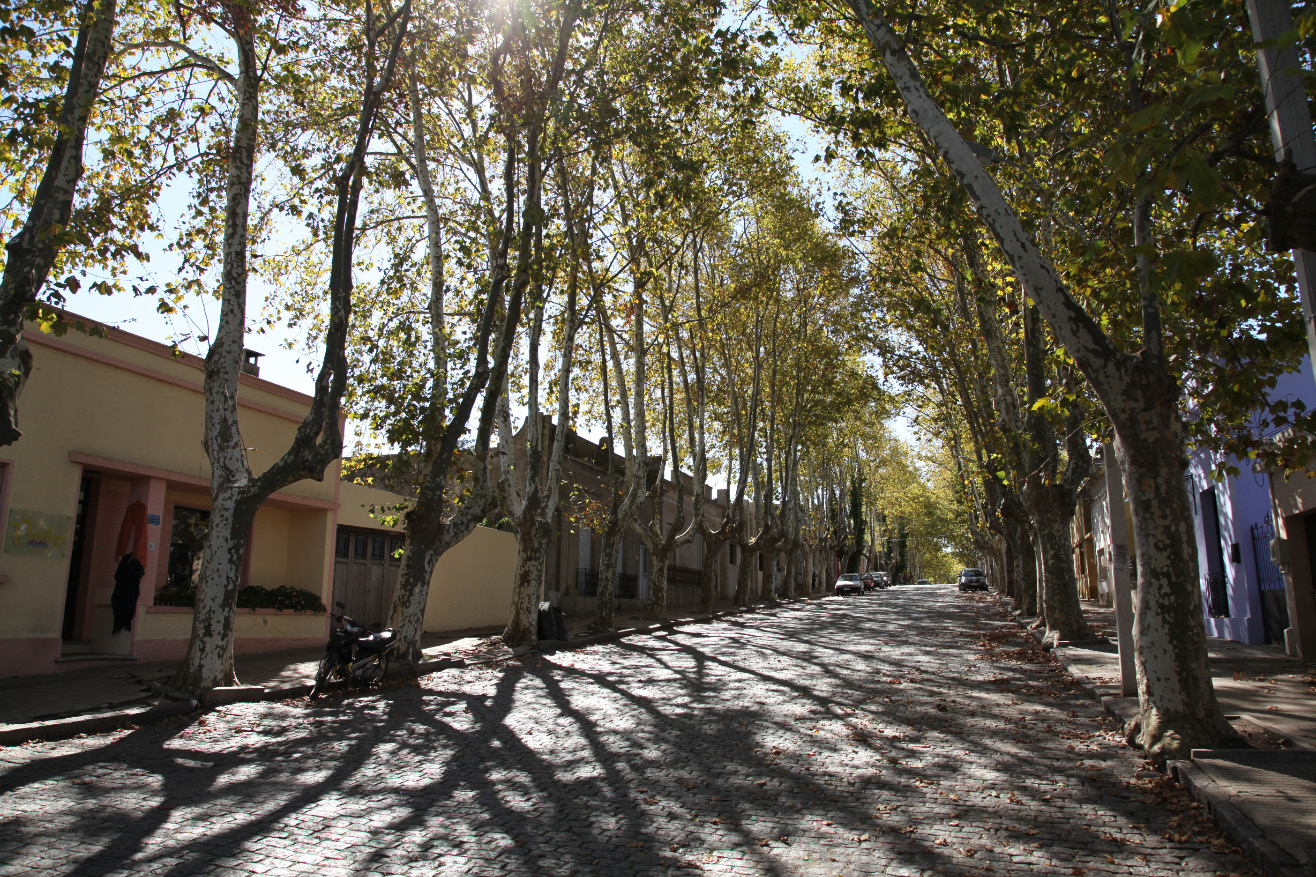 |
|
| |
Colonia del Sacramento |
|
| |
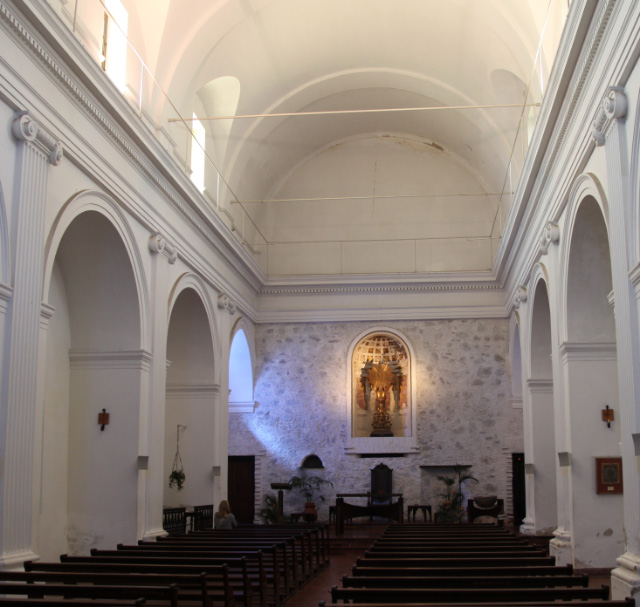 |
|
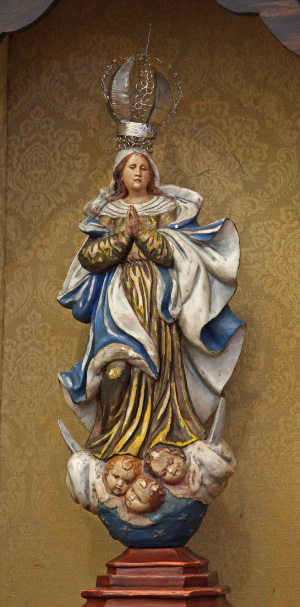 |
| |
In Colonia del Sacramento, the aptly named Basílica del SantŪsimo Sacramento – Basilica of the Holy Sacrament. The present and pictured Church building dates to the 19th century, and the parish, like the town to 1680 |
|
Virgen Patrona del Uruguay |
| |
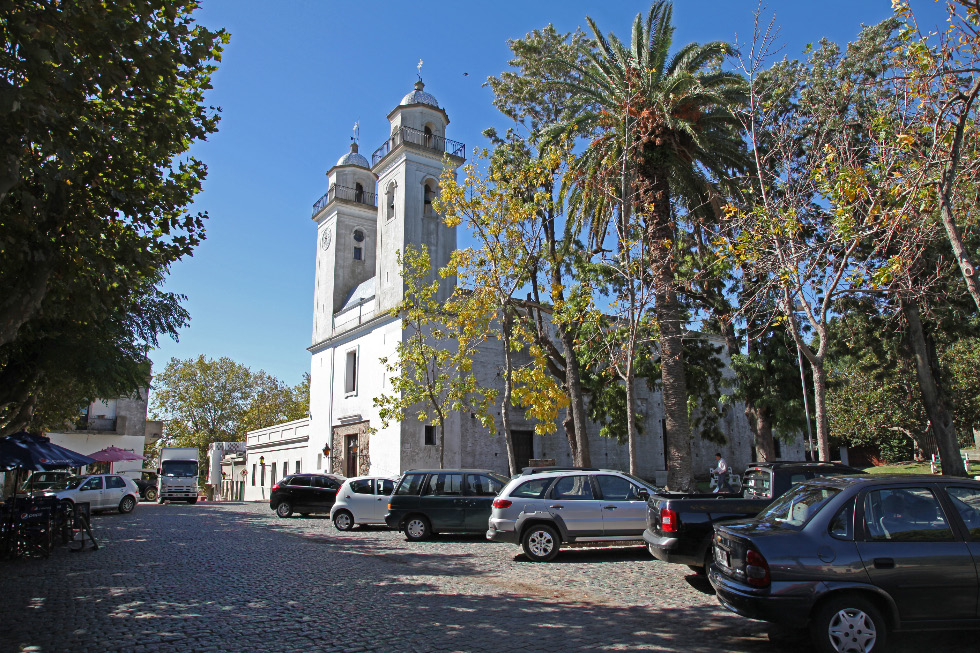 |
|
| |
Not so far south as Ushuaia, true, but still Uruguay is Europe — is European Christendom — rebuilt more than 11,000 kilometers
from Rome as the crow, excuse us, as the Arctic tern flies. |
|
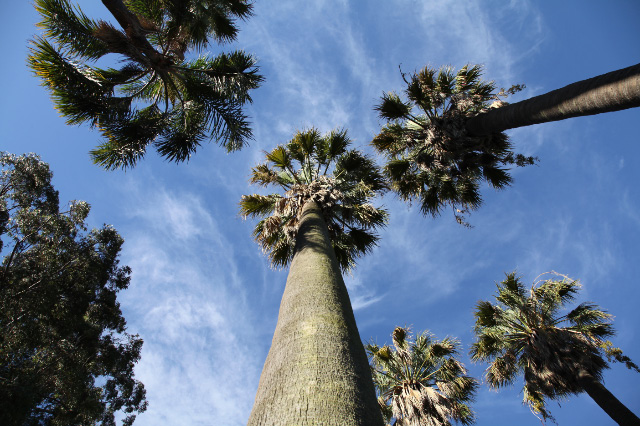 |
|
 |
| Montevideo |
|
Colonia del Sacramento |
| |
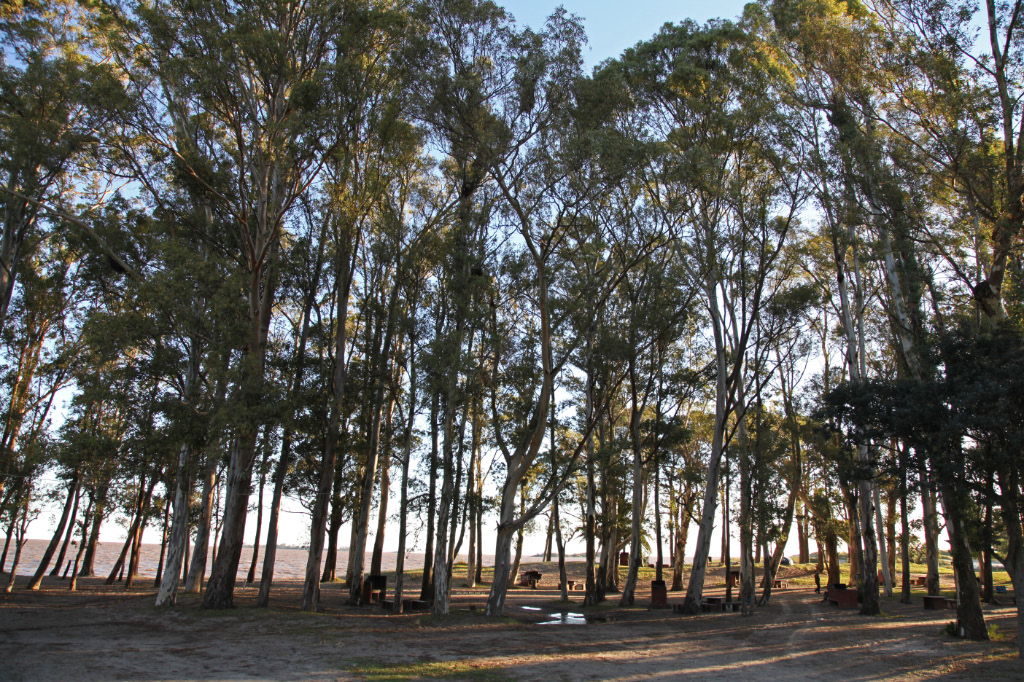 |
| |
|
el Océano Atlántico |
| |
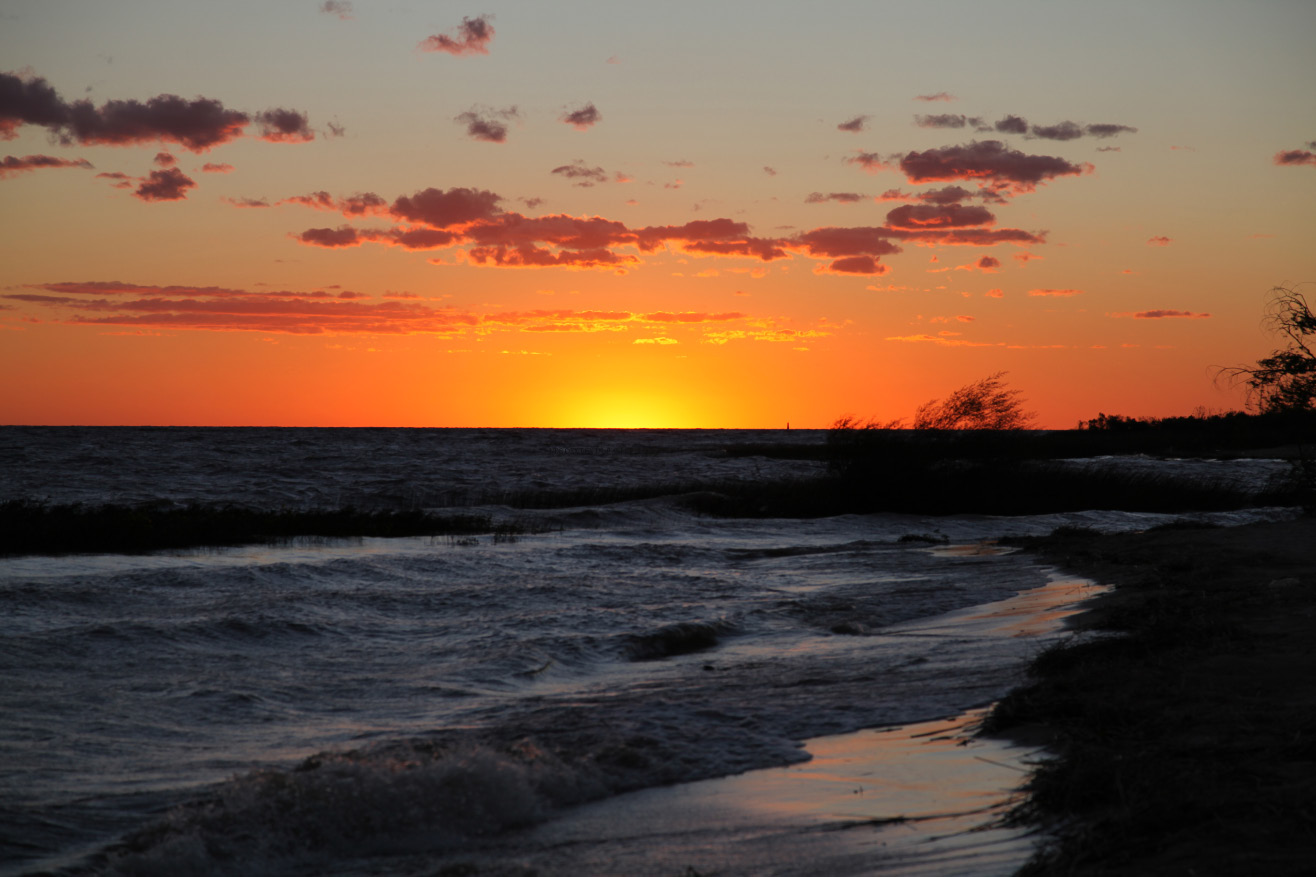 |
|
| |
On 12 April 2013, the setting sun for Colonia del Sacramento, but way over across that little piece of Altantic Ocean, Rio de La Plata, a few minutes of day are left for Buenos Aires and a few more for LujŠn. |
|
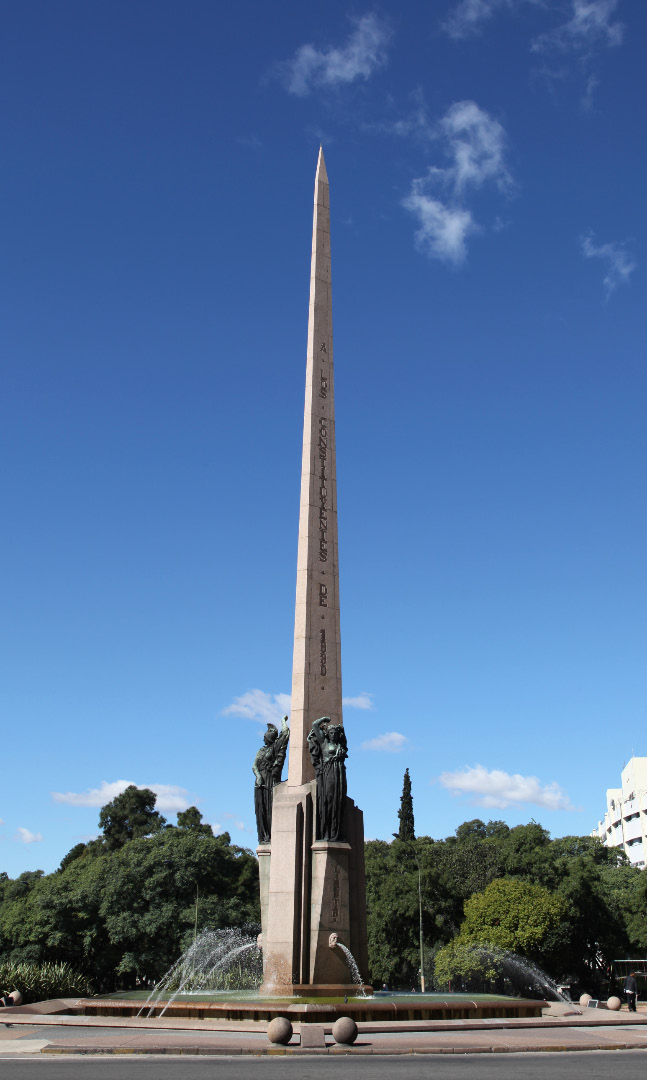 |
|
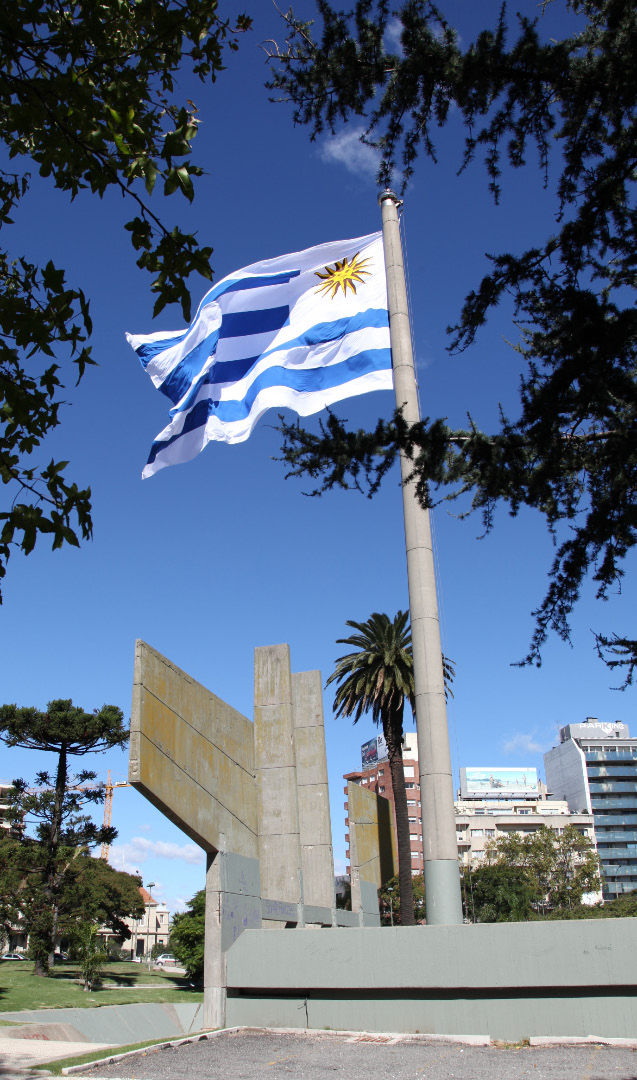 |
Obelisco a los Constituyentes — Ley, Libertad y Fuerza – "Law", "Liberty" and "Force"
... well, at least it is not the Freemasonic Liberté, Egalité, Fraternité, as it was in France a few decades earlier. By the way, how much Liberty, Equality and especially Fraternity have the Freemasons' machinations and Dechristianization brought the world over these past two centuries? |
|
|
| |
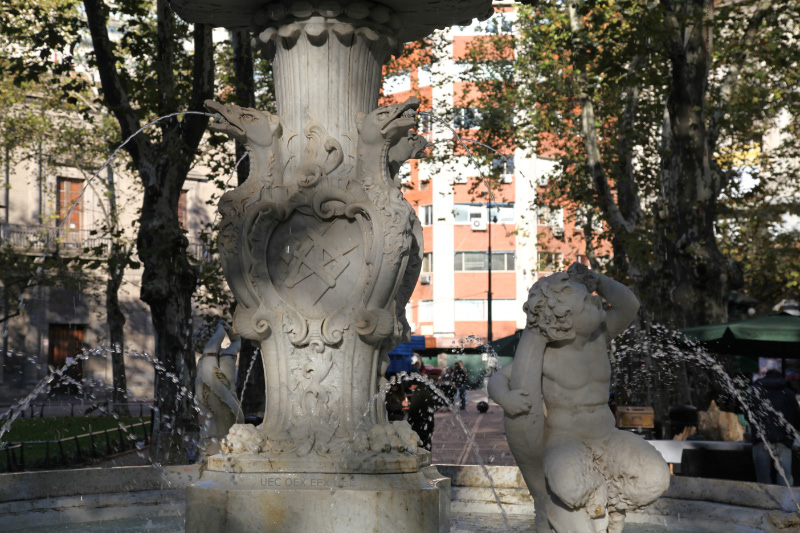 |
| |
|
and a hammer as camouflage |
| |
We must not regard war with a modern Power as a kind of game in which we may take a hand, and with good luck and good management may play adroitly for an evening and come safe home with our winnings. It is not that, and I rejoice that it cannot be that. A European war cannot be anything but a cruel, heart-rending struggle, which, if we are ever to enjoy the bitter fruits of victory, must demand, perhaps for several years, the whole manhood of the nation, the entire suspension of peaceful industries, and the concentrating to one end of every vital energy in the community.
I have frequently been astonished since I have been in this House to hear with what composure and how glibly Members, and even Ministers, talk of a European war. I will not expatiate on the horrors of war, but there has been a great change which the House should not omit to notice. In the former days, when wars arose from individual causes, from the policy of a minister or the passion of a King, when they were fought by small regular armies of professional soldiers, and when their course was retarded by the difficulties of communication and supply, and often suspended by the winter season, it was possible to limit the liabilites of the combatants. But now, when mighty populations are impelled on each other, each individual severally embittered and inflamed, when the resources of science and civilisation sweep away everything that might mitigate their fury, a European war can only end in the ruin of the vanquished and the scarcely less fatal commercial dislocation and exhaustion of the conquerors. Democracy is more vindictive than Cabinets. The wars of peoples will be more terrible than those of kings.
|
|
| |
|
Winston Churchill in his 13 May 1901 speech to the House of Commons |
|
| |
|
|
|
| |
"My God! This is living History .... I would not be out of this glorious delicious war for anything the world could give me." |
|
| |
|
Winston Churchill in 1914 as First Lord of the Admiralty |
|
| |
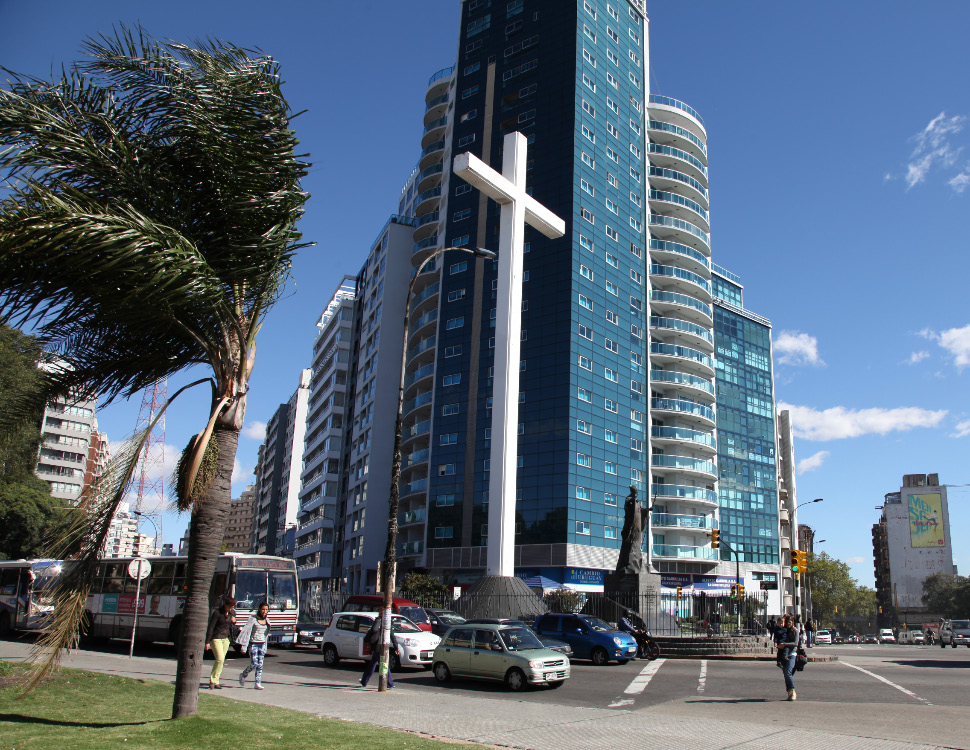 |
|
| |
|
|
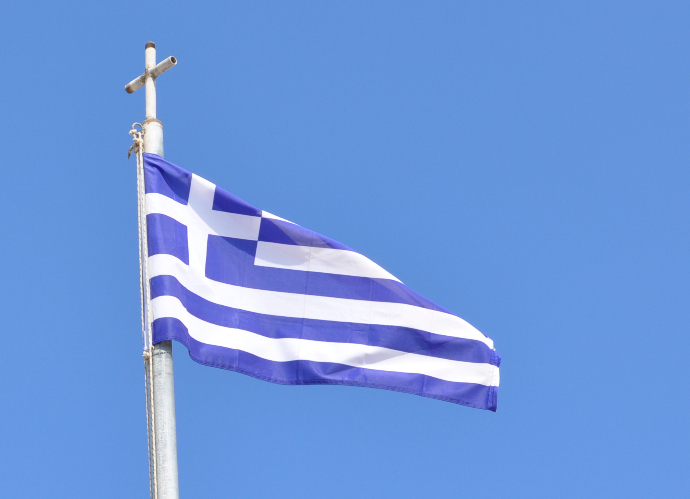 |
|
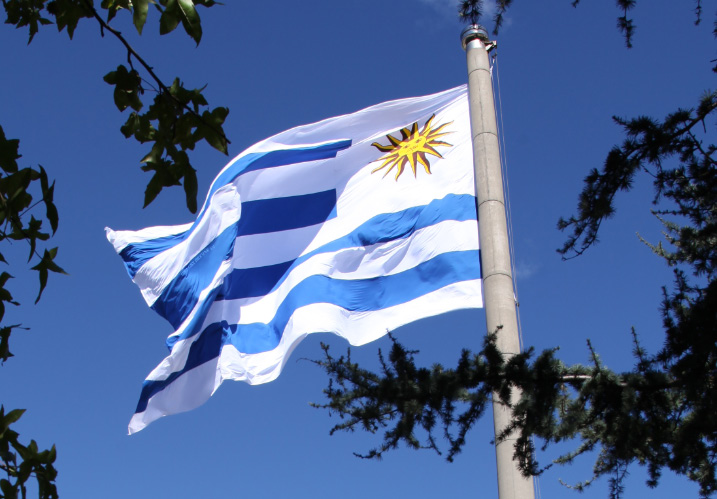 |
| |
|
|
|
|
|
| |
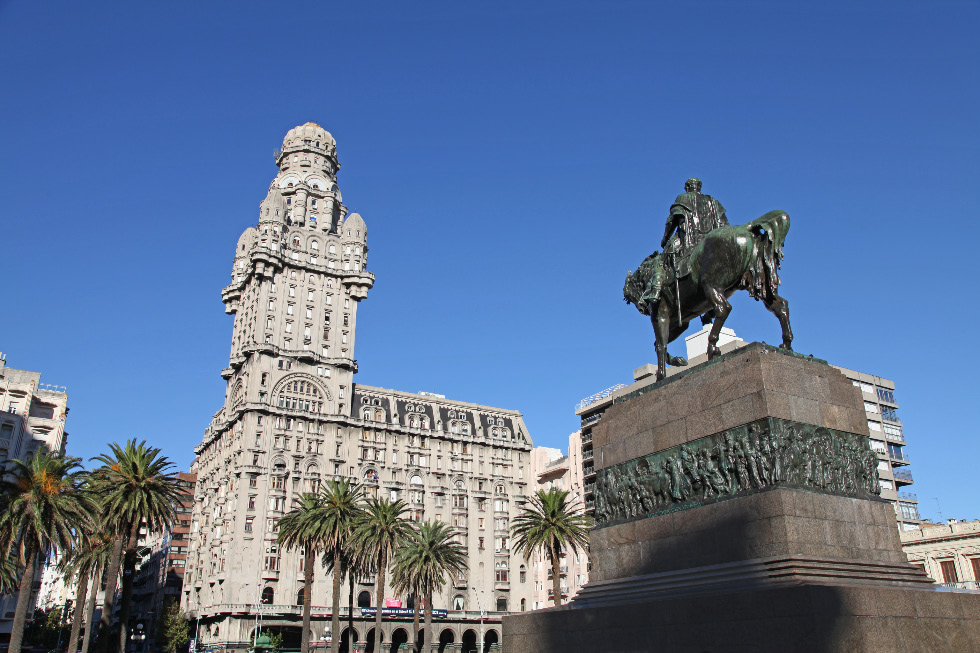 |
|
| |
In the center of the capital city, on the Plaza Independencia, the equestrian statue of Uruguayan national hero José Gervasio Artigas Arnal (* 19 June 1764 – 23 September 1850 †) faces away and toward the Palacio Salvo. Like the Palacio Barolo in Buenos Aires, the Palacio Salvo was designed by Italian architect Mario Palanti. Completed in 1928, the 100-meter-high residential building was for several years the tallest building in South America. |
|
|
|
|
| |
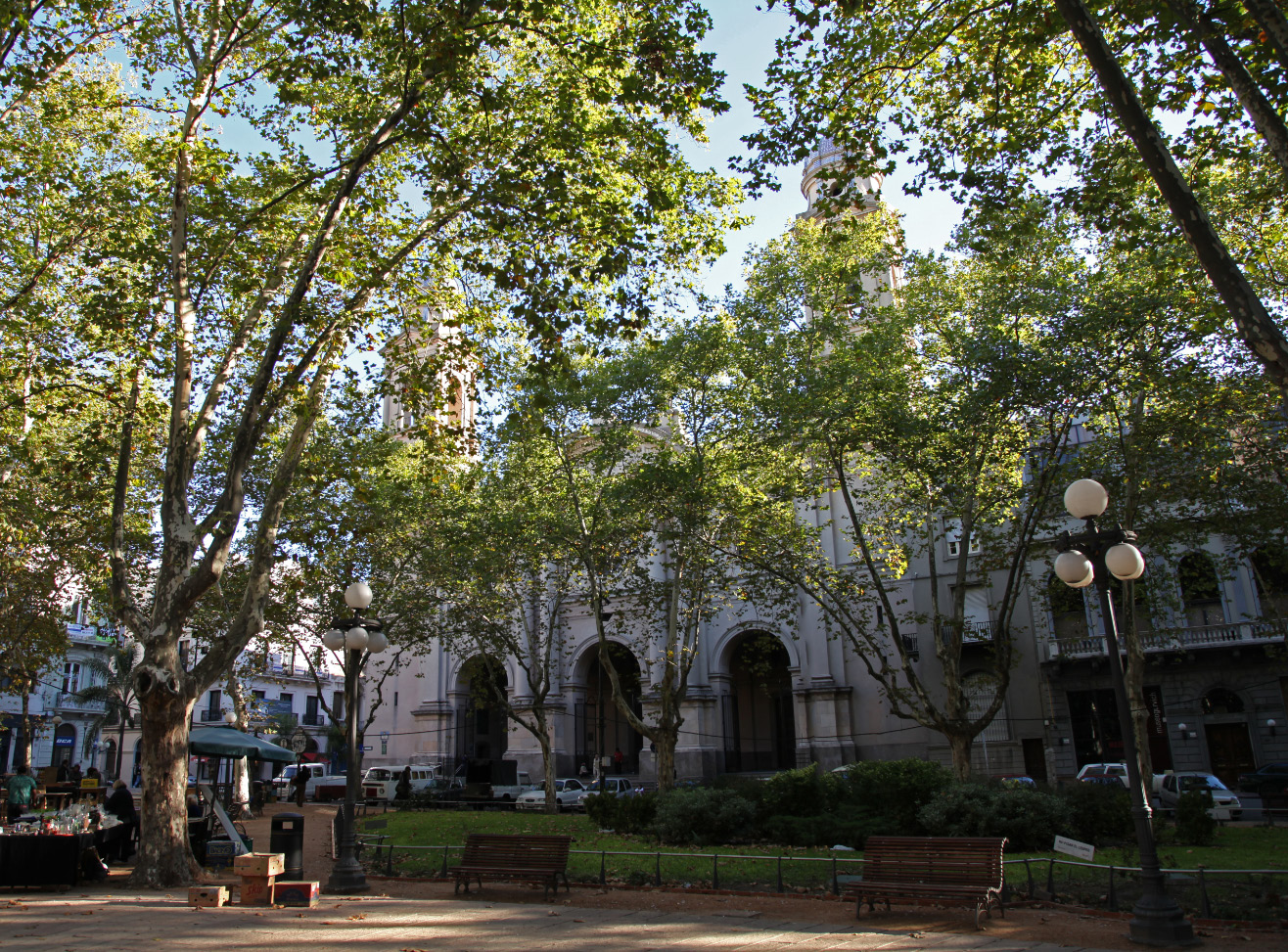 |
|
| |
By the trees of Plaza Constitución in the Ciudad Vieja barrio, Catedral Metropolitana de Montevideo, Inmaculada Concepción y San Felipe y Santiago, consecrated in 1804. |
|
Catedral Metropolitana de Montevideo, Inmaculada Concepción y San Felipe y Santiago
Cathedral dedicated to Mary Immaculate and to two of the Twelve:
- Απόστολος Φίλιππος – Philippos – Felipe el Apóstol – Apostle Saint Philip, and
- Απόστολος, Άγιος Ιάκωβος ο Μικρός ή Ιάκωβος του Αλφαίου – el Apóstol Santiago el Menor – Apostle Saint James, son of Alphaeus, also known as James the Lesser (not to be confused with James son of Zebedee and brother of Apostle Saint John). Apostle Saint Jame the Lesser is mentioned four times in the New Testament (Matthew 10:3, Mark 3:18, Luke 6:12-16 and Acts 1:13).
|
|
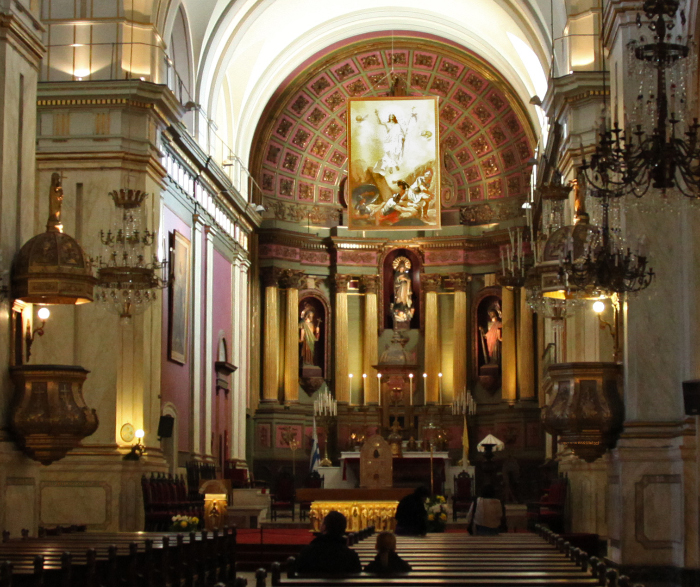 |
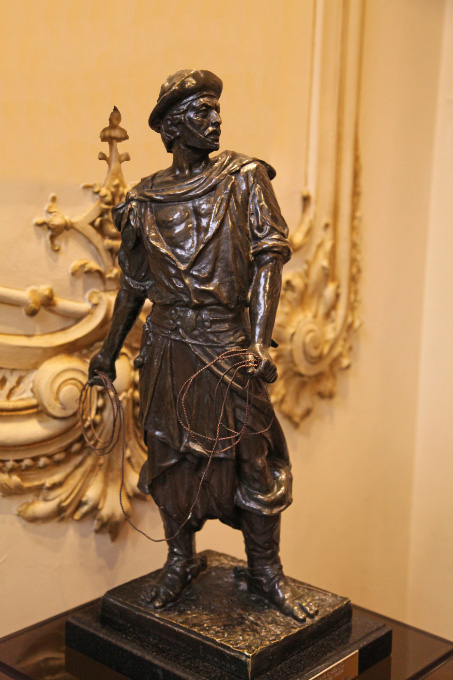 |
|
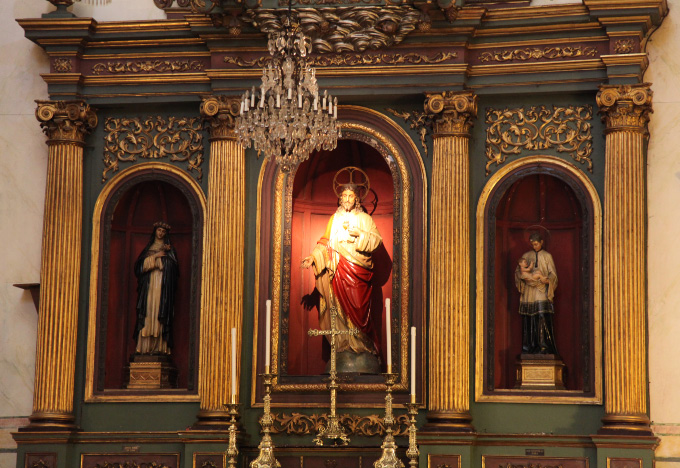
|
gaucho
|
|
Santa Rosa de Lima – Saint Rose of Lima, T.O.S.D. (* 20 April 1586 – 24 August 1617 †), the first Americas-born, canonized Catholic saint, patroness of the Americas and of indigenous people of the Americas depicted with the Lord and with Estanislao Kostka – Święty Stanisław Kostka (* 28 Październik 1550 , Rostkowo – Roma, 15 Agosto 1568 †) in the Catedral Metropolitana de Montevideo, Inmaculada Concepción y San Felipe y Santiago. |
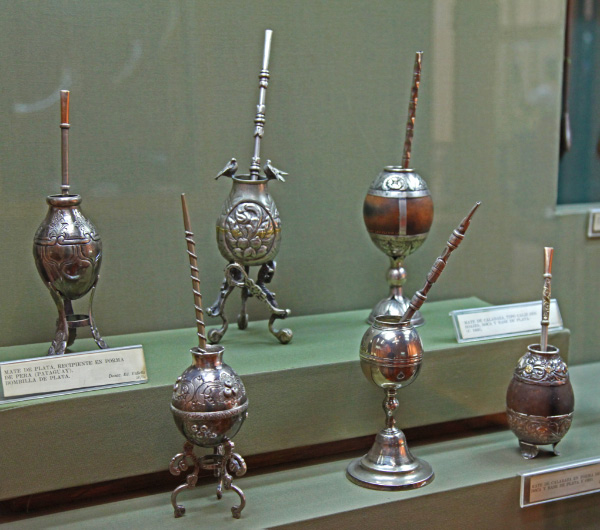 |
|
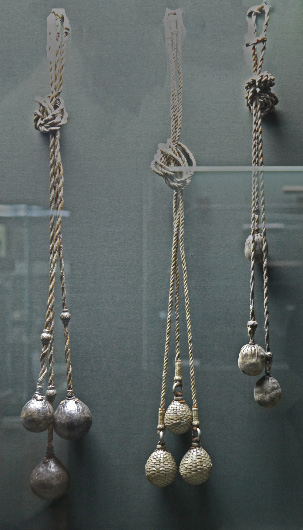 |
|
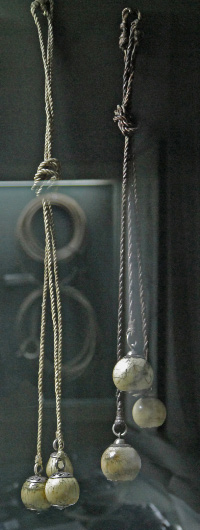 |
| Yerba mate |
|
...and boleadoras (sorry, behind glass) |
| |
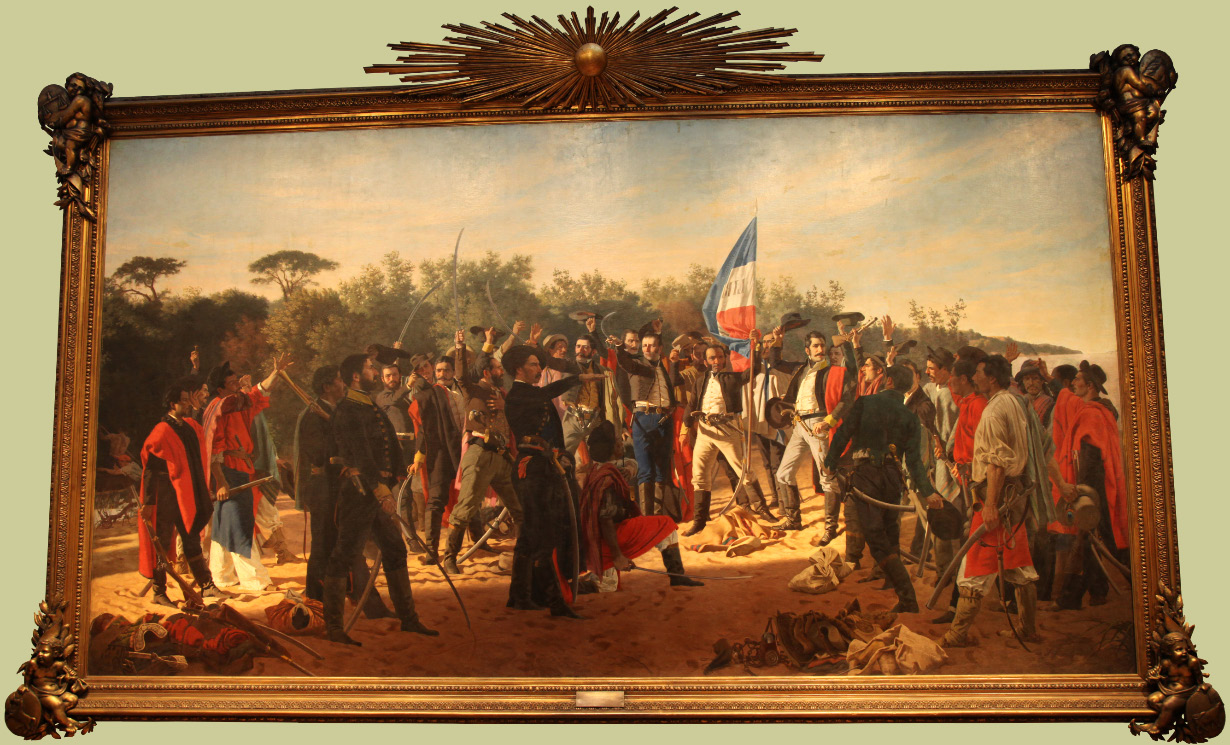 |
|
| |
El Juramento de los Treinta y Tres Orientales — though here one speaks of political Subsidiarity and local government, to be celebrated, not Nationalism, to be ridiculed. Local freedom and dignity and independence were sought, and then through vision and courage obtained, from the absurdly conceived and still worsely executed Euro-Afro-Americo empire, to be called The United Kingdom of Portugal, Brazil and the Algarves (not to be confused with Brazil proper, then becoming prosperous ). The Oath of the Thirty and Three Oriental (that is, eastern, vis-à-vis the more westernly, that is Occidental, Brazil), by Juan Manuel Blanes (1830 Montevideo – Pisa, Italia 1901), finished in 1878, about a half century after the events depicted, is perhaps Uruguay's most important national painting. |
|
| |
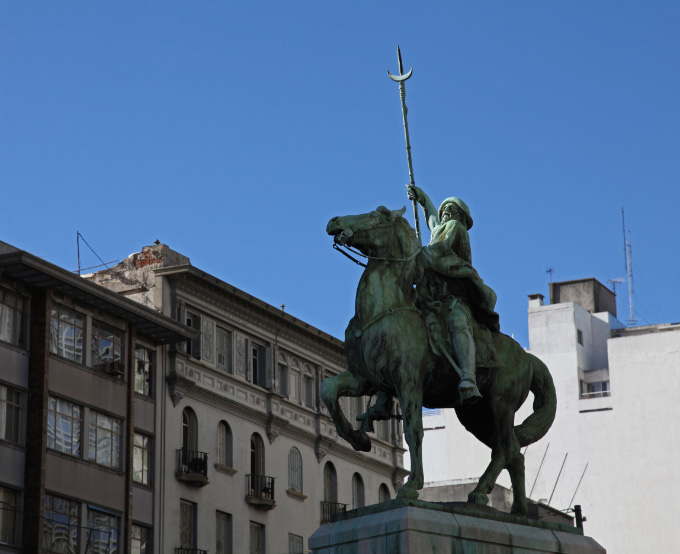 |
|
|
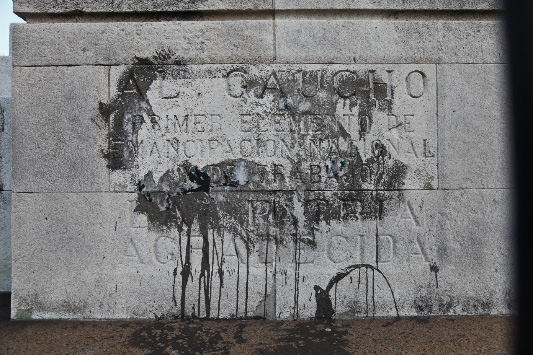
|
| |
Al gaucho, realizada por el escultor uruguayo José Luis Zorrilla de San Martín entre 1922 y 1927. |
|
|
Al gaucho, primer elemento de emancipación nacional y de trabajo.
La Patria agradecida.
The gaucho, the first element of national emancipation and work.
The grateful Fatherland. |
|
|
|
| |
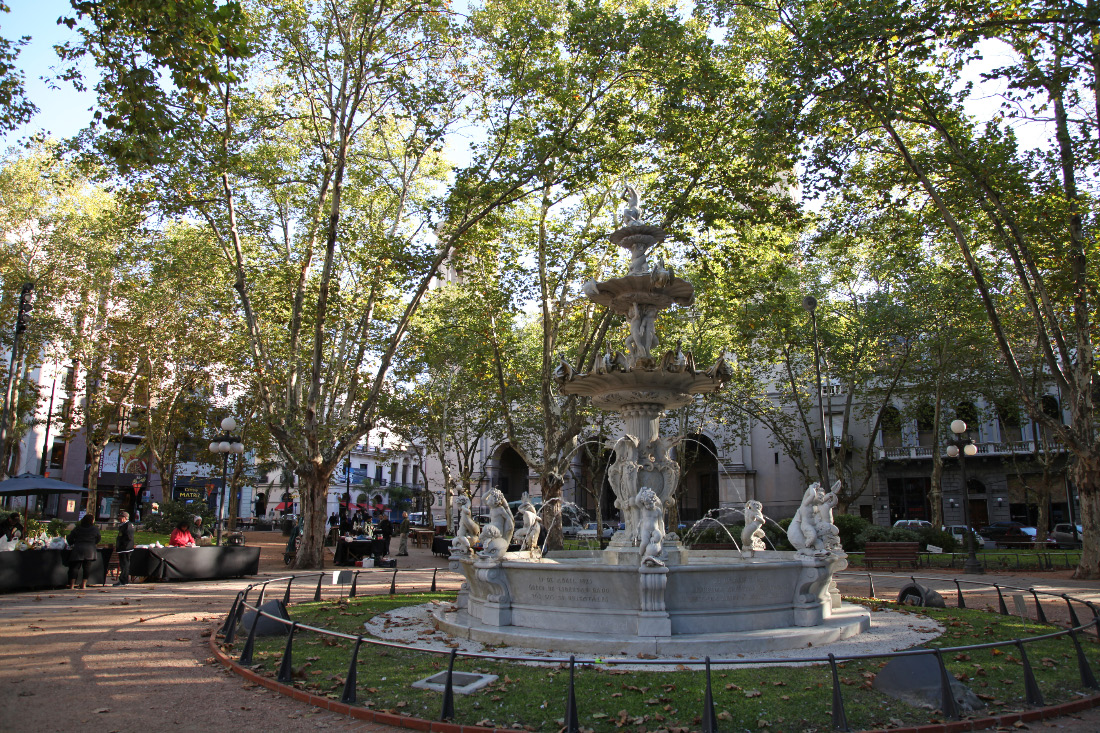 |
|
| |
|
Church and State – Iglesia y Estado
Catedral Metropolitana de Montevideo Inmaculada Concepción y San Felipe y Santiago
19 de Abril 1825 Grito de Libertad Dado por los 33 Orientales
Opened on 18 July 1871, Fuente de la Plaza de la Constitución by Italian Juan Ferrari (1836-1918) |
|
|
| |
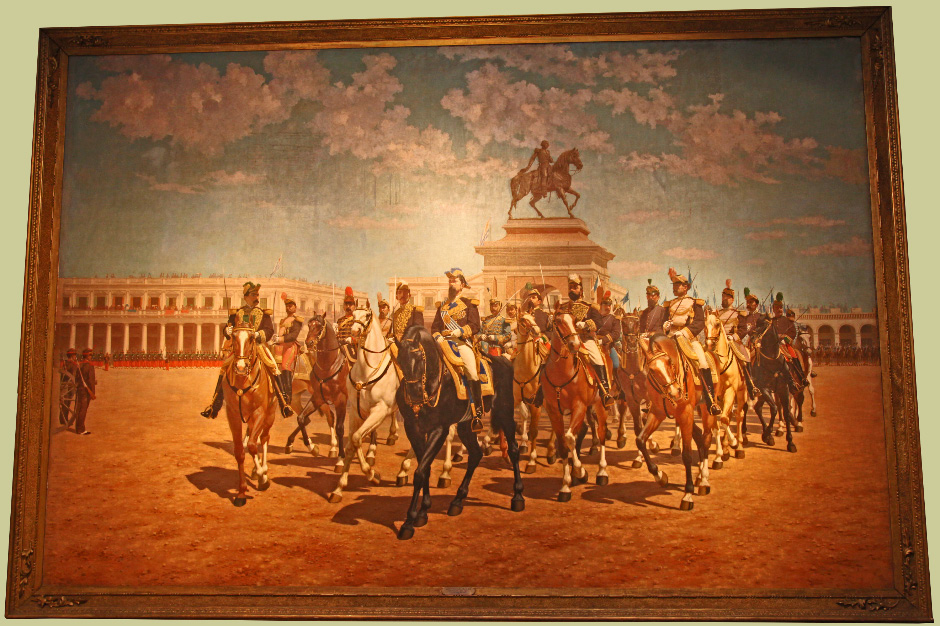 |
|
| |
The new nation's leaders looking and acting awfully European. Painting in Museo de Bellas Artes Juan Manuel Blanes |
|
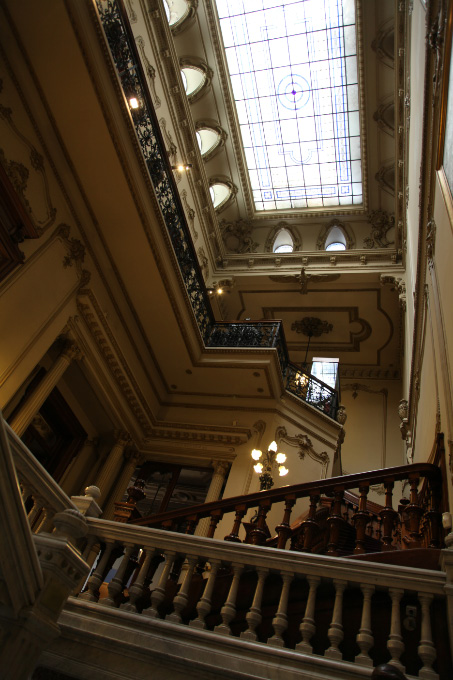 |
|
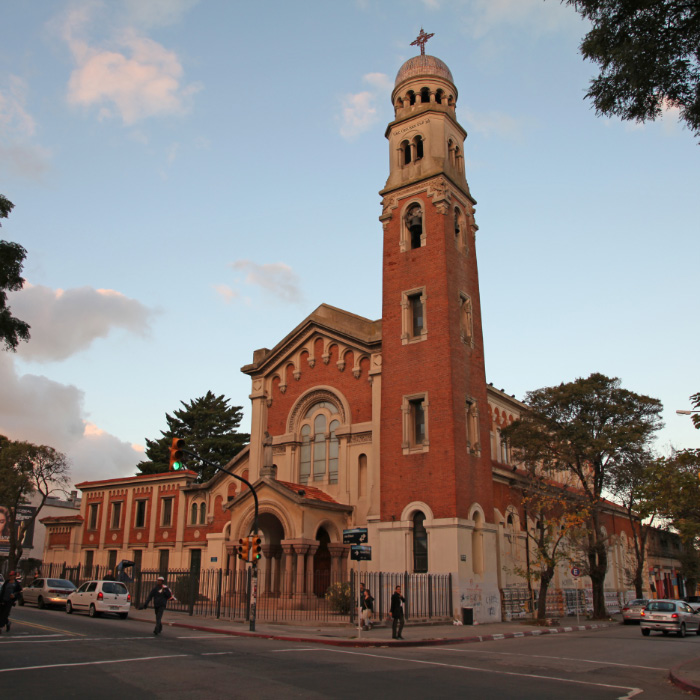 |
| |
|
Iglésia Sagrado Corazón de Jesus – Church of the Sacred Heart of Jesus |
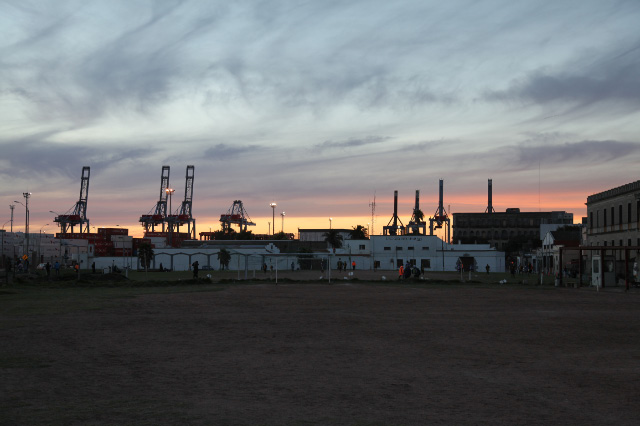 |
|
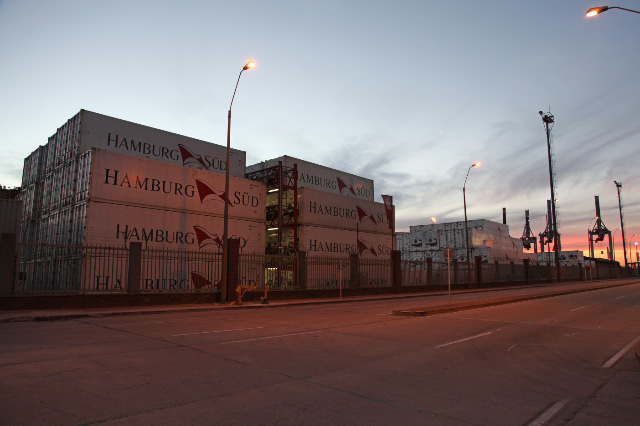 |
| Plaza Guruyú and Terminal Cuenca del Plata |
|
|
| |
|
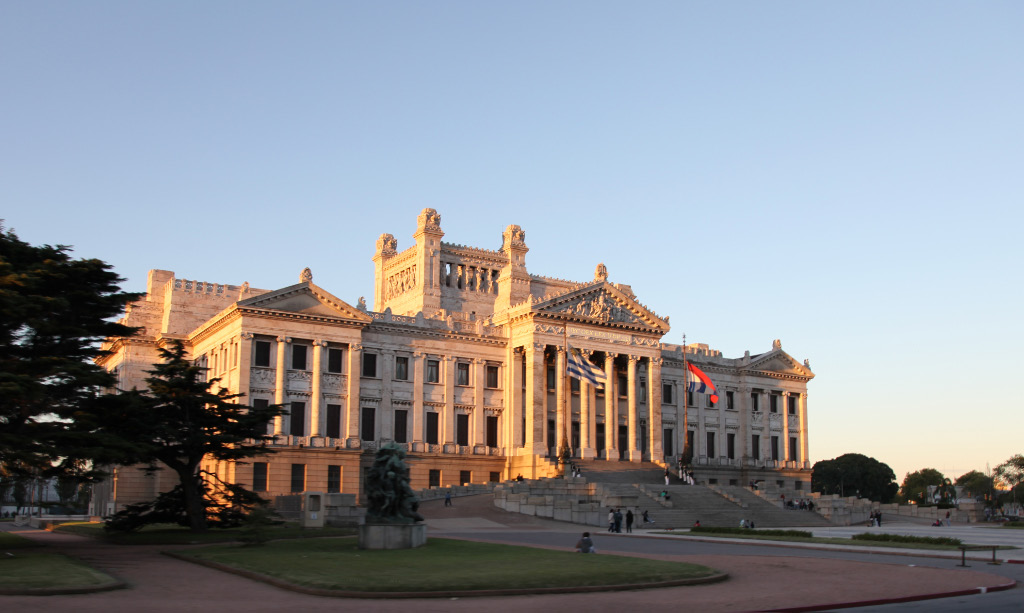 |
|
| ... It sure is good we ditched those Europeans ... |
|
Palacio Legislativo del Uruguay, built 1904 - 1925, Italian architects Víctor Meano and Gaetano Moretti (the interior), with many base relief and sculptural details by Uruguayan José Belloni |
|
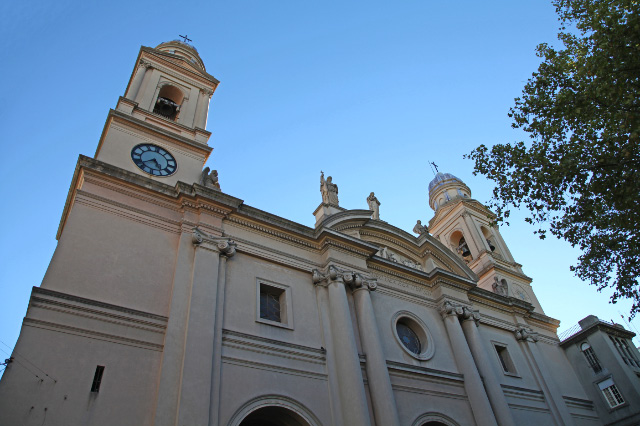 |
|
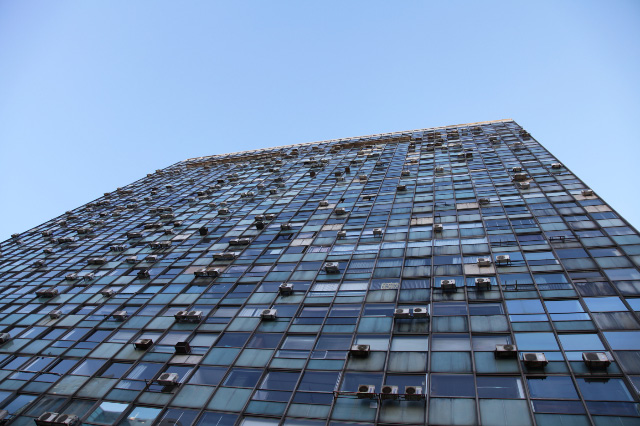 |
| |
|
... well, it has happened to the best of us. |
| |
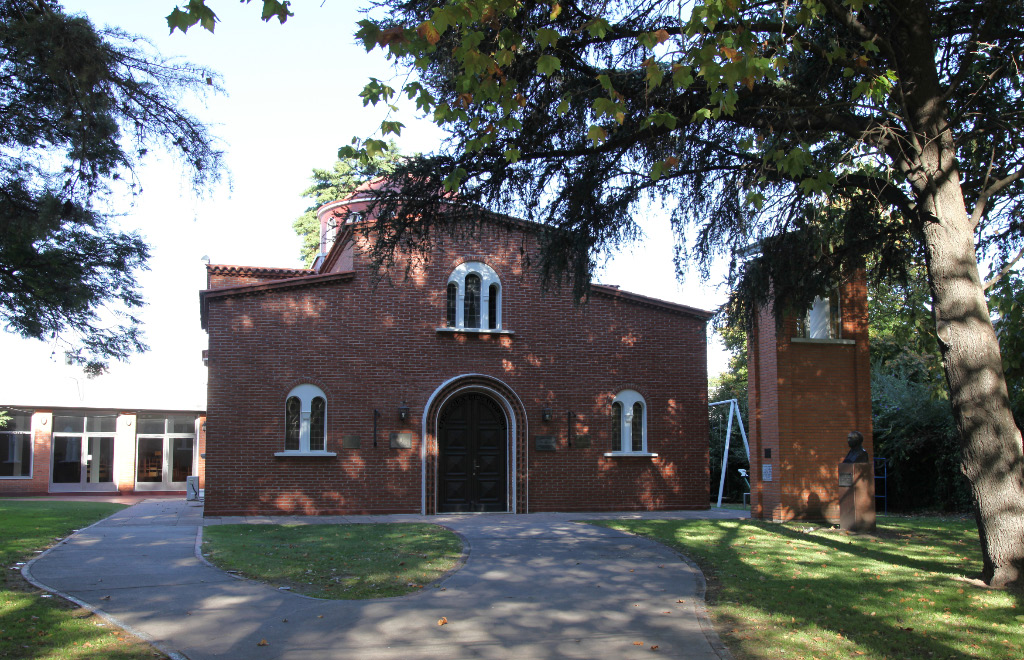 |
|
| |
|
Iglesia Ortodoxa Griega San Nicolás – Αγίου Νικολάου Ελληνική Ορθόδοξη Εκκλησία στο Μοντεβιδέο – Saint Nicholas Greek Orthodox Church, more European Christendom in Montevideo |
|
|
|
|
|
| |
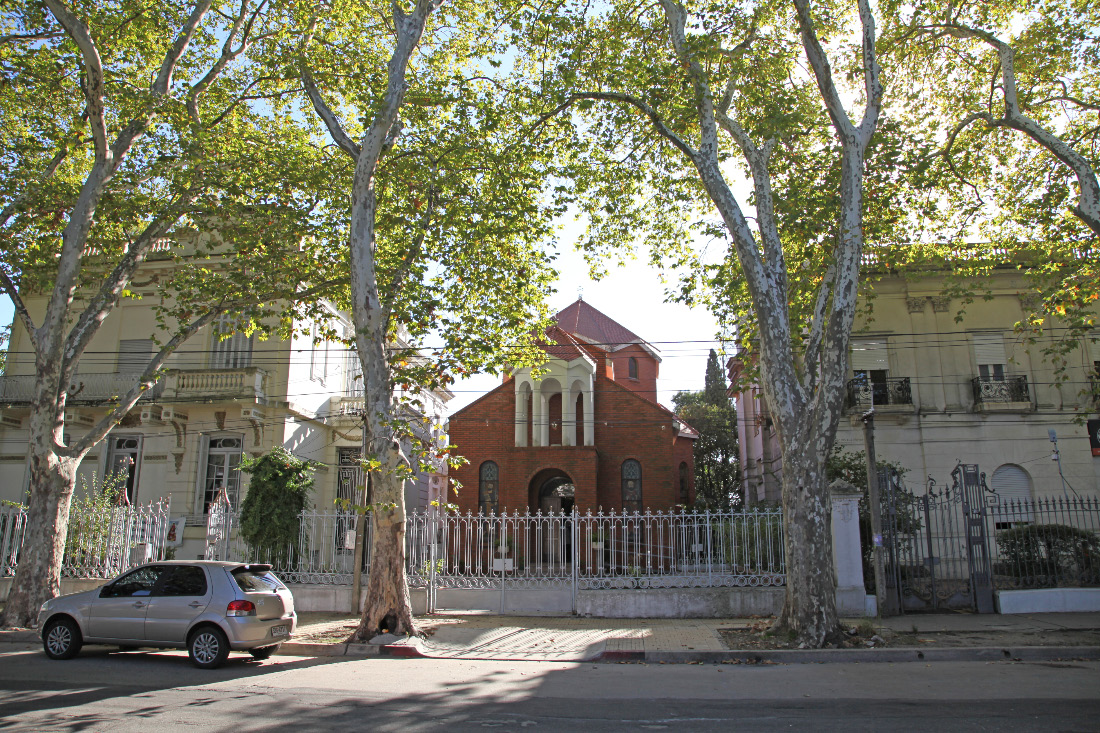 |
|
| |
Catedral Católica Armenia Nuestra Señora de Bzommar en Montevideo en Uruguay – Armenian Catholic Cathedral of Our Lady of Bzommar |
|
| |
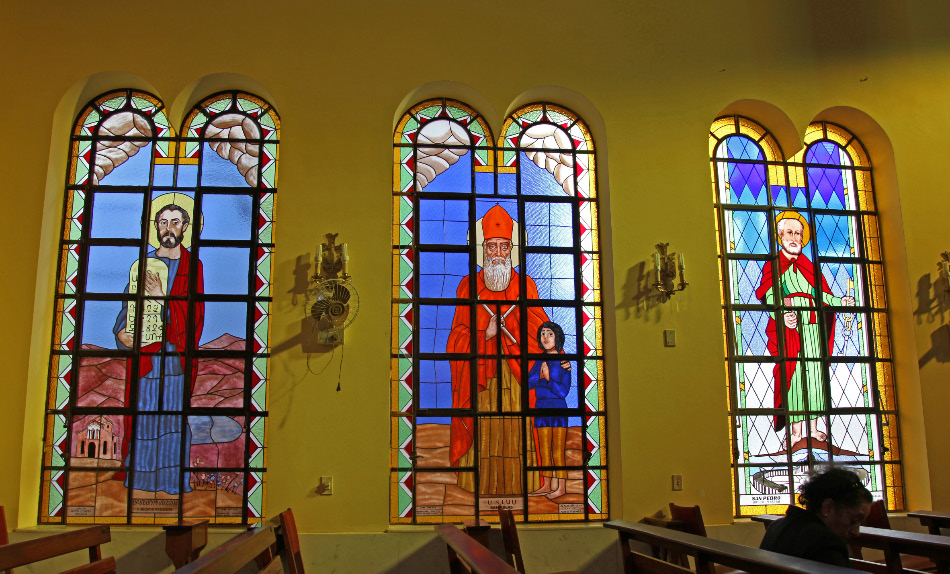 |
|
| |
|
Մեսրոպ Մաշտոց – San Mesrop Mashtóts - Mesrob Mashdots (* c. 362, inventer or restorer of the Armenian alphabet – 17 February 440 †) — Blas de Sebaste-Սեբաստիա – Saint Blaise – Άγιος Βλάσιος (Bishop of Armenian Sebaste, martyred in 316 †) — Apostle Saint Peter - Պետրոս առաքյալ - San Pedro |
|
|
| |
|
Uruguay - Cristiandad Europea Unida |
| |
|
Uruguay - United European Christendom |
|